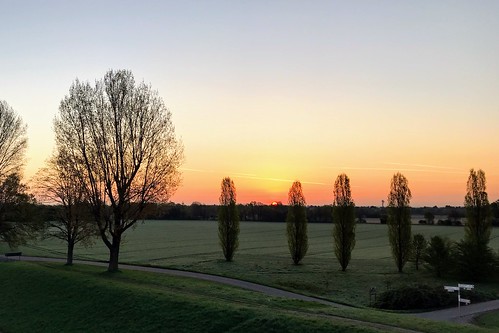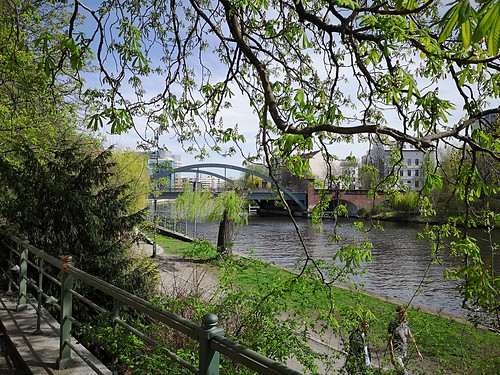Ernment and private healthcare MedChemExpress A-1155463 facilities were at a distance of just about km in the chosen villages in Thatta and Rajanpur. Most poor ladies faced financial and cultural constraints in accessing them as they had no indicates of transportation or the money to spend the service fee and obtain prescribed medicines. Reliance on standard treatments and homebased deliveries increased threat for the lives of poor females and young children. In Sumal village of District Ghizer, ethnic identities have been derived from lineage, migration and settlement patterns, and linguistic dif
ferences. The dominant Ismaili religious sect integrated the Syeds, Sheen, Shairkhanay, andGulchiniot castes, when the Rajas and Gujjars belonged to the minority Sunni sect. The Gujjars had been recognised as the nomadic caste, who normally lived within the larger pastures where they grazed and reared the livestock from the betteroff castes including Syeds and Rajas. Except the Gujjars, men and women from all other castes owned modest pieces of land. However, the Ismaili folks have been betteroff as they had gained education and acquired jobs that increased their household earnings. A nongovernment women’s well being centre provided subsidized antenatal and postnatal care and carried out facilitybased deliveries. Since the health centre was positioned in the middle of Sumal village, the nomadic Gujjars faced troubles in accessing it. Villagebased healthcare workers also belonged for the Ismaili sect; thus, the ladies in the Sunni sect felt inhibited in communicating with them.Sorts of formal and informal neighborhood spacesThe formal community spaces formed by the MNCH programmes working inside the study villages integrated the 4 MCB-613 site following typesfixed spaces that had been static as they existed in healthcare facilities and were formed through consultationinteraction involving healthcare providers and visiting consumers, who have been generally ladies of reproductive age; smaller transitory spaces that were not fixed within a certain place, but had been formed in the course of doortodoor visits of healthcare workers as they interacted  with clients in their properties; large transitory spaces that have been formed when awareness raising sessions have been conducted by healthcare workers. The spot for these spaces was selected inside the community settings and included courtyards of a major house or some public space like a college developing. The healthcare workers generally contacted a recognized focal particular
with clients in their properties; large transitory spaces that have been formed when awareness raising sessions have been conducted by healthcare workers. The spot for these spaces was selected inside the community settings and included courtyards of a major house or some public space like a college developing. The healthcare workers generally contacted a recognized focal particular  person (female andor male) in the village and asked them to collect participants for the awareness session. The audience of these spaces normally consisted of girls of reproductive age, even though infrequently separate sessions had been held with groups of adolescents or males; and emerging institutional spaces that were developed for the duration of group meetings of overall health groups or committees by the healthcare workers. The healthcare workers normally contacted the active women, healthcare workers of other programmes, and notable community males (e.g. large land owners, teachers, elected representatives) and formed a group. Then they convened the group meetings in community settings like courtyards of a significant property or some public space like a health dispensary or college constructing. Largely, separate groups of ladies and men had been organized by female and male facilitators of MNCH programmes, but occasionally wellness groups or committees had each female and male members. The informal neighborhood spaces identified within the private sphere included households, neighbours, kitchens gardens, and event celebrations. The informal public commun.Ernment and private healthcare facilities have been at a distance of nearly km from the chosen villages in Thatta and Rajanpur. Most poor girls faced economic and cultural constraints in accessing them as they had no implies of transportation or the cash to pay the service charge and acquire prescribed medicines. Reliance on conventional remedies and homebased deliveries elevated danger to the lives of poor ladies and kids. In Sumal village of District Ghizer, ethnic identities have been derived from lineage, migration and settlement patterns, and linguistic dif
person (female andor male) in the village and asked them to collect participants for the awareness session. The audience of these spaces normally consisted of girls of reproductive age, even though infrequently separate sessions had been held with groups of adolescents or males; and emerging institutional spaces that were developed for the duration of group meetings of overall health groups or committees by the healthcare workers. The healthcare workers normally contacted the active women, healthcare workers of other programmes, and notable community males (e.g. large land owners, teachers, elected representatives) and formed a group. Then they convened the group meetings in community settings like courtyards of a significant property or some public space like a health dispensary or college constructing. Largely, separate groups of ladies and men had been organized by female and male facilitators of MNCH programmes, but occasionally wellness groups or committees had each female and male members. The informal neighborhood spaces identified within the private sphere included households, neighbours, kitchens gardens, and event celebrations. The informal public commun.Ernment and private healthcare facilities have been at a distance of nearly km from the chosen villages in Thatta and Rajanpur. Most poor girls faced economic and cultural constraints in accessing them as they had no implies of transportation or the cash to pay the service charge and acquire prescribed medicines. Reliance on conventional remedies and homebased deliveries elevated danger to the lives of poor ladies and kids. In Sumal village of District Ghizer, ethnic identities have been derived from lineage, migration and settlement patterns, and linguistic dif
ferences. The dominant Ismaili religious sect included the Syeds, Sheen, Shairkhanay, andGulchiniot castes, whilst the Rajas and Gujjars belonged towards the minority Sunni sect. The Gujjars had been recognised as the nomadic caste, who generally lived inside the higher pastures exactly where they grazed and reared the livestock of your betteroff castes for example Syeds and Rajas. Except the Gujjars, individuals from all other castes owned smaller pieces of land. Nonetheless, the Ismaili individuals had been betteroff as they had gained education and acquired jobs that enhanced their household earnings. A nongovernment women’s well being centre provided subsidized antenatal and postnatal care and conducted facilitybased deliveries. Because the overall health centre was located inside the middle of Sumal village, the nomadic Gujjars faced difficulties in accessing it. Villagebased healthcare workers also belonged towards the Ismaili sect; therefore, the ladies in the Sunni sect felt inhibited in communicating with them.Varieties of formal and informal community spacesThe formal community spaces formed by the MNCH programmes operating within the study villages included the 4 following typesfixed spaces that have been static as they existed in healthcare facilities and were formed through consultationinteraction between healthcare providers and going to clientele, who have been ordinarily women of reproductive age; modest transitory spaces that were not fixed within a particular spot, but have been formed throughout doortodoor visits of healthcare workers as they interacted with customers in their homes; substantial transitory spaces that have been formed when awareness raising sessions have been carried out by healthcare workers. The spot for these spaces was selected within the community settings and included courtyards of a massive home or some public space like a college creating. The healthcare workers commonly contacted a recognized focal person (female andor male) within the village and asked them to gather participants for the awareness session. The audience of those spaces commonly consisted of females of reproductive age, though infrequently separate sessions have been held with groups of adolescents or males; and emerging institutional spaces that have been created for the duration of group meetings of overall health groups or committees by the healthcare workers. The healthcare workers normally contacted the active ladies, healthcare workers of other programmes, and notable neighborhood men (e.g. huge land owners, teachers, elected representatives) and formed a group. Then they convened the group meetings in neighborhood settings like courtyards of a huge residence or some public space like a well being dispensary or college building. Largely, separate groups of females and males have been organized by female and male facilitators of MNCH programmes, but in some cases well being groups or committees had each female and male members. The informal community spaces identified within the private sphere included households, neighbours, kitchens gardens, and occasion celebrations. The informal public commun.
